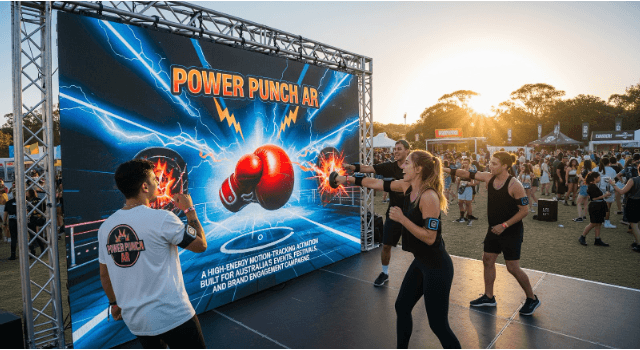AI-Powered Hair and Skin Analysis: The Future of Skincare and Beauty Experiences
Jun 4, 2025
Image sourced from Google
Experiences
In today’s fast-paced beauty industry, personalized skincare and haircare experiences are the key to capturing customer attention. Brands are increasingly turning to AI-powered hair and skin analysis solutions to engage customers, offer tailored recommendations, and build long-term loyalty.
Whether you’re planning a product launch, pop-up event, or retail campaign, AI-based analysis tools can transform passive visitors into informed, excited buyers. In this blog, we’ll explore how this technology works, what software and SDKs are available, and what you’ll need from a hardware perspective to get started.
What is AI Hair and Skin Analysis?
AI hair and skin analysis uses advanced algorithms and computer vision to examine a person’s face and scalp in real-time. By analyzing parameters such as:
Skin type (oily, dry, combination)
Wrinkles, pores, pigmentation
Redness, acne, and sensitivity
Hair texture, scalp condition, and density
…it provides personalized skincare and haircare insights, often within seconds.
These tools can offer product suggestions, routine planning, and even before-after simulations—turning a regular consultation into an interactive experience.
Software & SDKs You Can Use
To build or integrate a solution like this, here are some popular AI SDKs and platforms you can consider:
1. Perfect Corp (YouCam SDK)
Face & skin detection
Real-time AI analysis
Integration with AR makeup or skincare try-ons
2. Visage Technologies
Face tracking and skin condition analysis
Customisable SDKs for iOS, Android, and Web
3. ModiFace (L’Oréal)
Skin and hair analysis SDKs
Deep AI insights tailored for beauty brands
4. Lunit or DermDetect (for medical-grade solutions)
AI-based dermatological skin scans
Useful for deeper skin issue detection
5. OpenCV & TensorFlow (for custom solutions)
If you're building from scratch, these frameworks allow for flexibility in training your own skin/hair recognition model.
Hardware Requirements for Events
To implement AI hair and skin analysis in a physical event, roadshow, or retail environment, you'll need the right combination of hardware and setup:
Core Hardware Components:
HD or 4K Camera – to capture detailed facial features and scalp conditions
Touchscreen Display (32” to 55”) – for user interaction and real-time results
Laptop – high processing power for real-time analysis
Ring Light or Studio Lighting – ensures a consistent and clear image input
Optional: iPad/Tablet Kiosk – if deploying a mobile-based version
Optional Enhancements:
Thermal scanner – for detecting inflammation or skin irritation
QR Code Integration – for users to download their reports or recommended products
Printing Module – to give visitors a take-home analysis sheet





